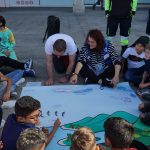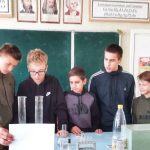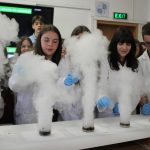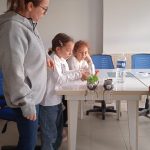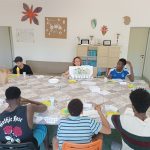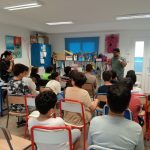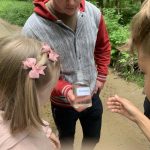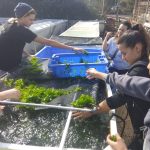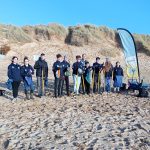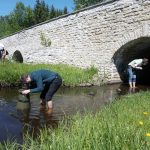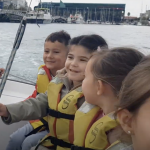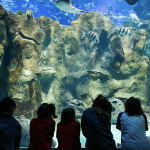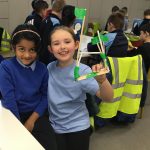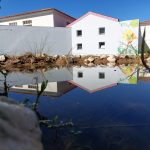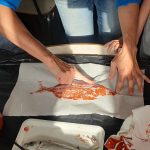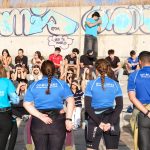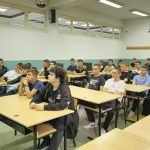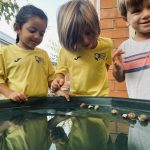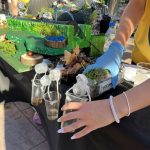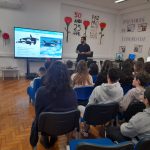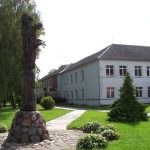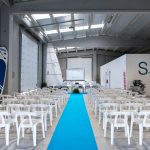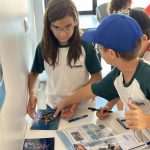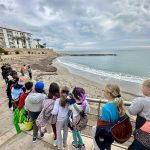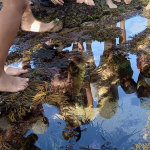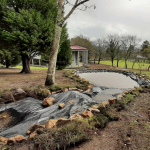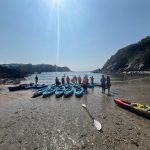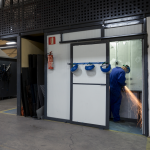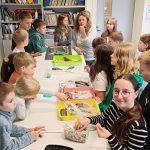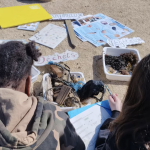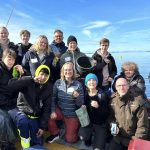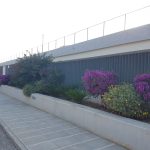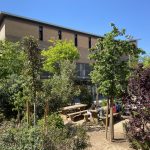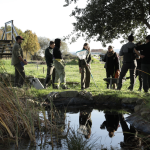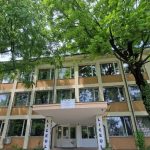
Water Quality Monitoring of the Vārtāja River
Priekule, Latvia
3rd FUNDING CALL
Water is the lifeblood of our planet, essential for ecosystems, biodiversity, and human survival. Yet, water pollution threatens its quality, impacting both nature and communities. At Priekule Secondary School, students are taking a hands-on approach to understanding and protecting their local water sources through an inspiring project centred on the Vārtāja River. This initiative combines scientific research, environmental stewardship, and community engagement, setting a model for other schools to follow.
Objectives: Understanding and Protecting Water Quality
The primary goal of this project is to assess the water quality of the Vārtāja River using biological indicators, including aquatic plants and animals. Sixty students are actively involved in water analysis and conservation efforts, equipping them with essential skills in environmental science. Beyond scientific research, the project aims to raise awareness of water sustainability and biodiversity, instilling a sense of responsibility for natural resource conservation. By the end of the project, students’ knowledge and engagement in environmental issues will be measured, ensuring lasting impact.
Activities and Collaborations: Hands-On Learning in Action
To achieve these objectives, the project is structured across several phases, each integrating education with real-world environmental action:
- Water Quality Assessment: Students receive training in biological analysis methods to evaluate water purity at three key locations along the Vārtāja River and its tributary, the Virga River. Using scientific instruments, they measure transparency, pH levels, and oxygen content while also identifying aquatic plant and animal indicators.
- Waste Collection: Recognizing the impact of pollution, students actively clean riverbanks and, where possible, the riverbed, promoting environmental responsibility.
- Educational Trips and Experiences: Learning extends beyond the classroom with visits to the Ventspils Science Center, local water treatment facilities, and a unique field trip aboard the “AkvaLab” boat on Lake Liepāja. These experiences deepen students’ understanding of aquatic ecosystems and water conservation practices.
- Community Engagement: A bilingual (Latvian and English) educational banner is installed along the Virga River, informing residents about aquatic biodiversity. A QR code on the banner provides additional online resources, making learning accessible to a wider audience.
- International Collaboration: The project connects with international partners through eTwinning, fostering knowledge exchange and broader engagement in water literacy initiatives.
- Knowledge Assessment: Students take a pre-project and post-project test on water quality and biodiversity using Quizizz, allowing teachers to measure knowledge gains and the effectiveness of the project.
Outputs and Impact: A Ripple Effect Beyond the Classroom
By the end of the project, the school and local community will have gained significant insights into water conservation and biodiversity. The tangible outputs and lasting impact include:
- Scientific Research on Water Quality: Data collected from three different sites will provide valuable insights into the ecological health of the Vārtāja River, contributing to local environmental knowledge.
- Improved Water Literacy: Students will develop a strong understanding of the importance of clean water, sustainability, and biodiversity, shaping them into informed environmental stewards.
- Educational Resources for Future Learning: A comprehensive methodology for water quality research will be developed and shared with educators across the South Kurzeme region at an annual teachers’ conference.
- Community Awareness and Engagement: The installation of an informative banner and student-created posters, social media campaigns, and water conservation infographics in school facilities will raise awareness beyond the immediate participants.
- A Model for Other Schools: The project serves as a replicable model, demonstrating how schools can engage students in meaningful environmental action and foster a culture of sustainability.
Priekule Secondary School’s water literacy project highlights the power of education in driving environmental change. By combining scientific inquiry, hands-on conservation efforts, and community collaboration, students are not only learning about water sustainability but actively contributing to its preservation. This initiative serves as an inspiring example for other schools looking to integrate environmental stewardship into their curriculum. With determination and curiosity, young minds can make a profound impact—one river at a time.



